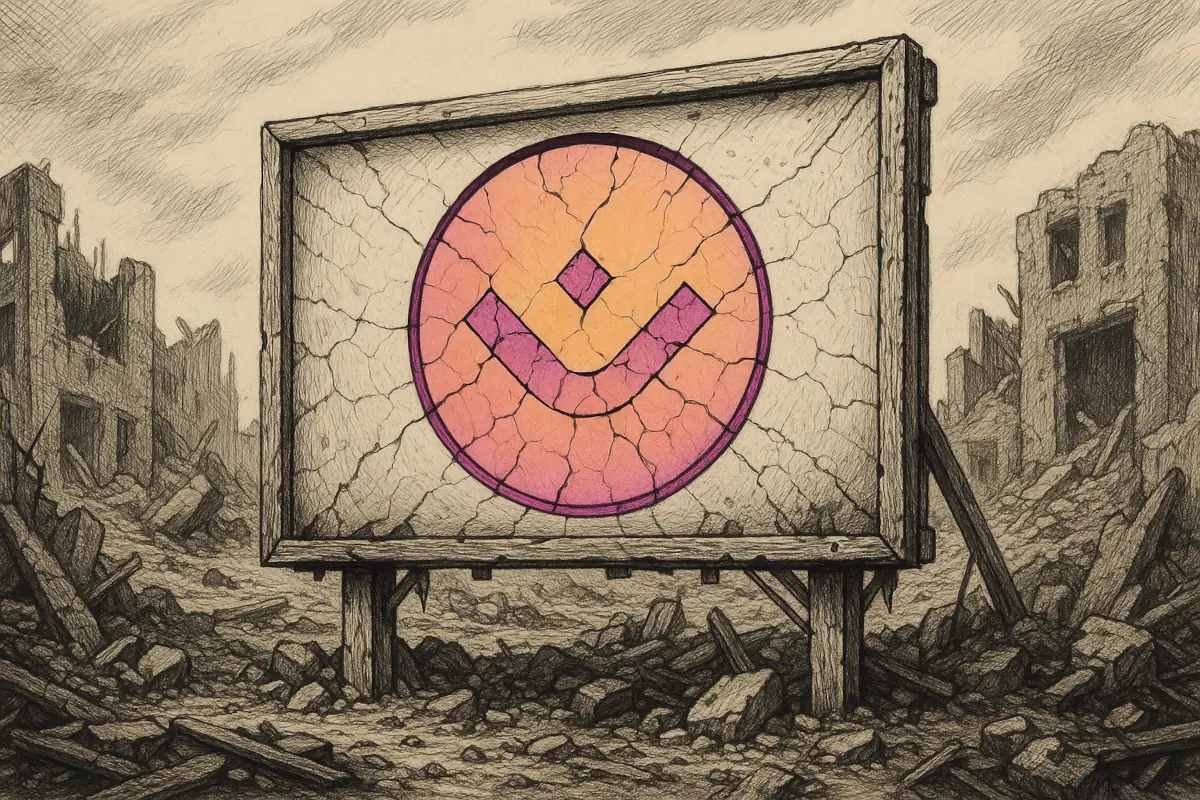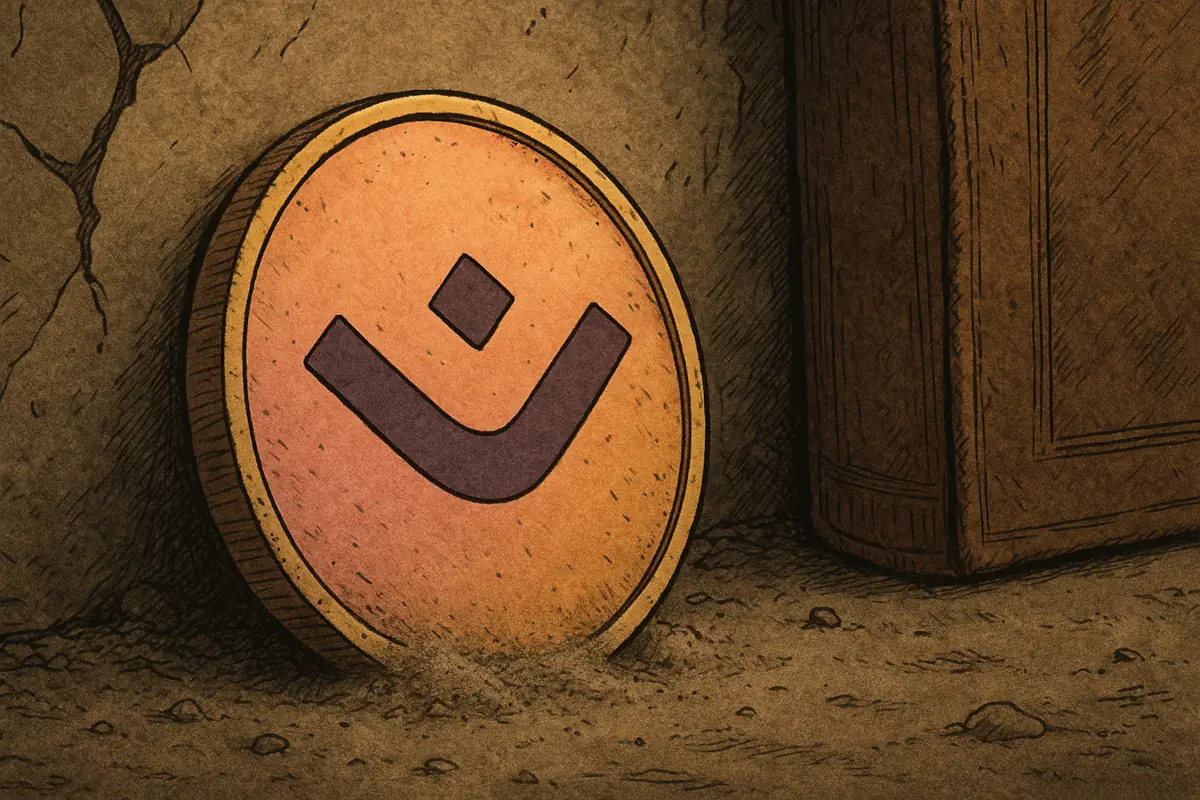It’s been a week since Mantra (OM) crashed by over 90% in under an hour – and despite all the statements, dashboard updates, and promises, the token is not recovering.
OM briefly bounced above $1 in the hours after the crash. It climbed again to around $0.80 after the post-mortem was published. But today, it’s below $0.60 again, down more than 7% just in the past 24 hours. On the weekly chart, OM is still over 90% in the red, and shows no real signs of recovering.
Table of Contents
Trust Is the Real Problem
The biggest issue at this point is the lack of trust.
When the crash first happened, it took the team nearly two hours to acknowledge it. During that time, rumors spread like wildfire: that the devs had rugpulled, that insiders had dumped, that early investors cashed out billions, and even that Telegram groups had been shut down. It got so bad that entities like Laser Digital and Shorooq had to issue public denials just to clear their name.
Then it took three full days to publish the actual post-mortem. By the time the facts came out, the narrative had already hardened. And for many investors, that delay is the reason they no longer believe anything the team says.
Too Little, Too Late
To their credit, the team has taken steps since the crash. They’ve published a post-mortem. They’ve launched a public dashboard that breaks down OM’s supply and wallet allocations. They’ve promised both a buyback and a burn, and said more transparency is coming.
But the problem is how long it’s taken to get here – and how little detail has actually been shared.
The post-mortem, which arrived days late, doesn’t name which exchange triggered the liquidation cascade – even though JP Mullin previously said it was “one in particular” (and clarified it wasn’t Binance). The report also doesn’t show which transactions kicked off the collapse. That’s not a nitpick – when $5 billion disappears in minutes, people want specifics.
Instead, the statement leans heavily on phrases like “liquidation pressure during low-volume hours”, without backing it up with concrete data.
Read also: The Collapse of LUNA and TerraUSD (UST) – How Did It Happen?
We’re Still Waiting
JP Mullin has said he’ll burn his own team allocation. He’s also confirmed that a buyback program is in the works. But a week after the crash, the details are still unclear. There’s been no sign of a buyback, and no timeline for when any of that will happen.
And there’s been no mention at all of any kind of compensation for investors – many of whom saw their holdings wiped out completely. For them, dashboard links and wallet breakdowns don’t do much if the damage is already permanent.
The Team Is Still Here – But So Is the Damage
The team hasn’t vanished. They’re still posting. They’re still trying. They haven’t gone silent or disappeared from the project – and that does count for something. But the damage is already done.
The post-crash price action makes it clear: investors don’t trust the team, and vague promises aren’t moving the chart. Until something real happens – like a visible burn, a major buyback, or actual accountability – that trust isn’t coming back.
Read also: Mantra Releases Official Statement After 90% Drop




